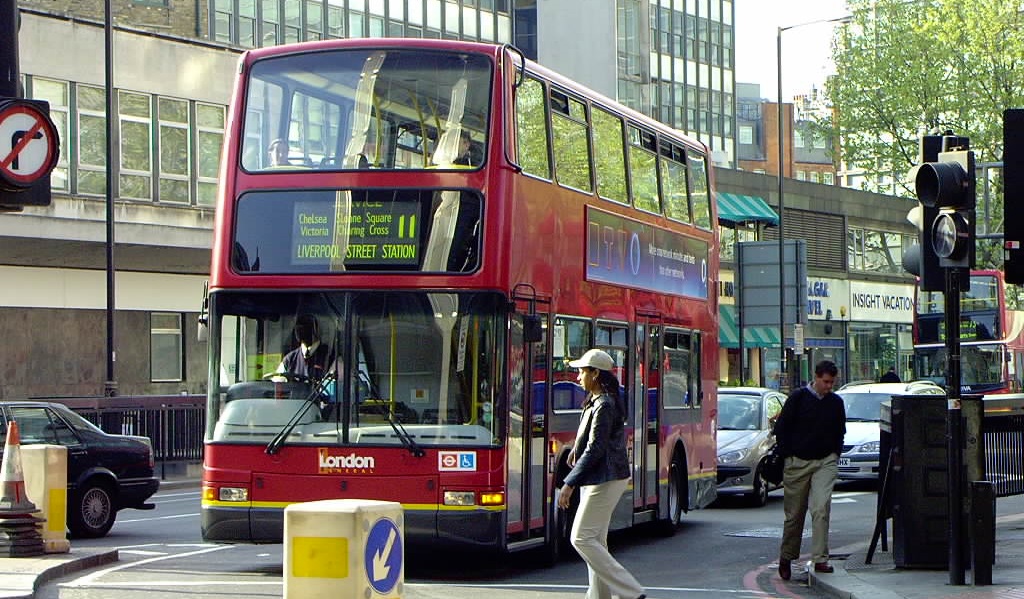I hardly ever get to write about buses. There is very little interest from newsdesks about the subject, even though far more people use buses every day than the trains. Even when London’s bendy buses developed a tendency to start bursting into flames spontaneously, there was very little press interest. Imagine if that had been railway carriages. It would have been front page news, and acres of newsprint would have been devoted to the subject over several weeks.
I have often been asked why buses are not ‘sexy’ for news editors who, in contrast, seem to have an insatiable thirst for stories on railways. One reason is that newsdesks are staffed by people who tend not to travel on them. They either have the company car or, if in London, are likely to commute by train. And hence the interest in rail stories, a seemingly insatiable thirst which fortunately keeps my bank account in the black.
This lack of interest is a shame because there is both some good and some bad news in the bus world. The good news comes from London where thanks to the purchase of a lot of new buses, expansion of routes, increased reliability and extra bus lanes, Transport for London has managed to increase ridership by 15 per cent in each of the past three years. That is an amazing achievement in reversing a long term decline which has, of course, been boosted by the introduction of the congestion charge. However, it has come at a price and Transport for London faces a financial crisis in the next couple of years if the government does not bail it out.
In contrast, bus use out of London continues to decline slowly or, at best, straight line. Bus services were deregulated two decades ago with the promiise that this would attract lots of private investment and new services. In fact, local authority monopolies have merely been turned into private monopolies which concentrate on the profitable routes.
Moreover, daft competition rules mean that companies are not allowed to integrate their services and run joint operations. Despite seven years of a Labour government, councils are therefore hamstrung in their ability to determine local bus routes, in contrast to the situation in Europe where area-wide franchises mean that local authorities can develop the services which local people need. It is time for the Departments of Trade and Industry and Transport to examine this problem and come up with a sensible joint policy. They only have to look to London where services remain regulated to see that the solution is pretty obvious. However, in the meantime, bus use will continue to decline.
I am off to Australia to speak at a conference and next month’s column will report on the railway situation there in my next online column and in Rail magazine.
